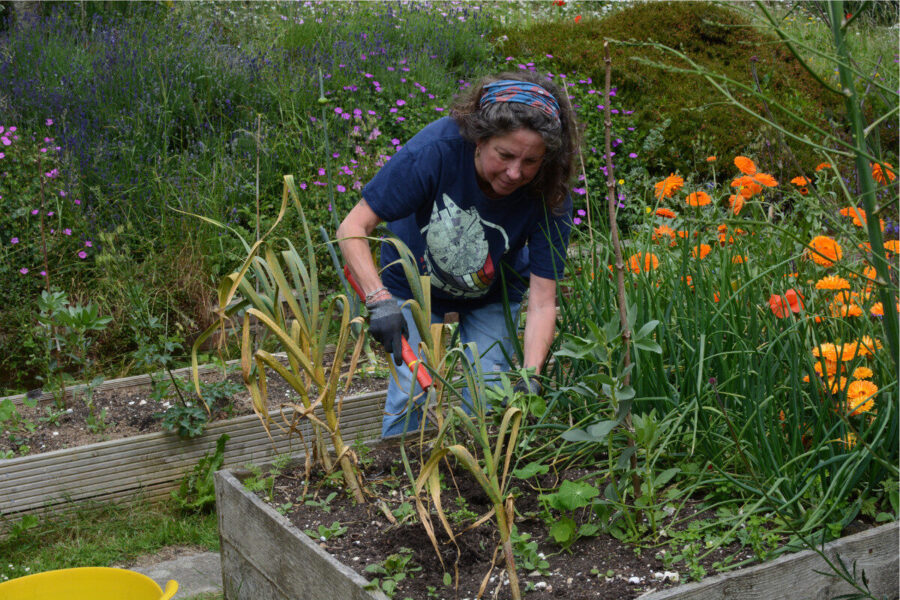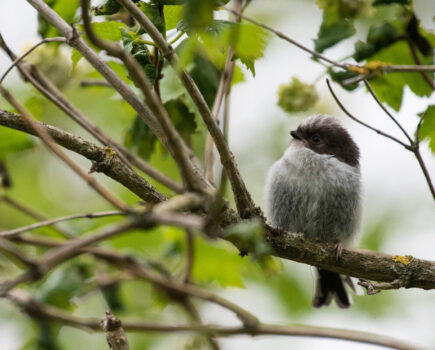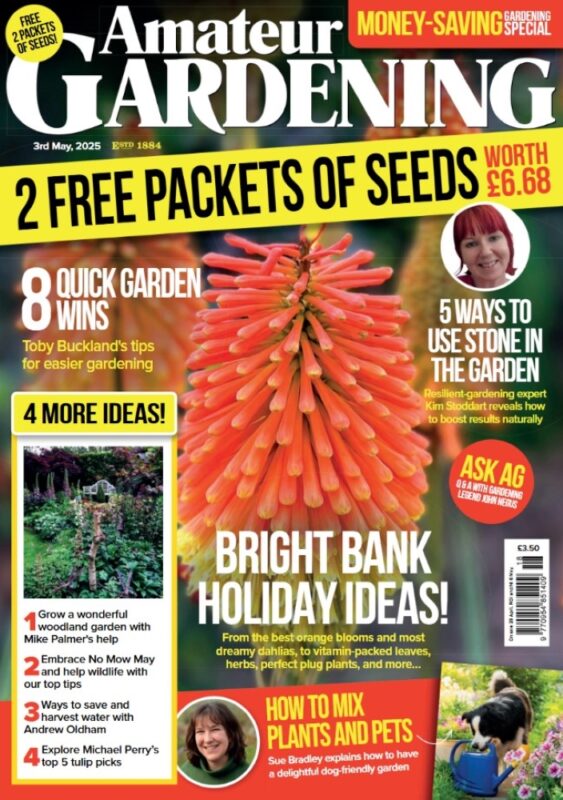Good husbandry and hygiene are so important
Some you win, some you lose and this year our garlic has been a bit of a mixed bag.
All the plants were badly beset by rust and the first one I unearthed was squidgy and rotten.
Thankfully, the rest had grown well and bulked up healthily and I was grateful that the rust hadn’t ruined them all.
Leek rust is a common fungal disease of edible alliums (luckily it hasn’t spread to our shallots and onions) that causes bright orange pustules on the leaves.
It is worst on plants grown in soil that has high levels of potassium, but a low nitrogen count, and as with all plant diseases is best countered by crop rotation and good husbandry.
Fungal diseases like rust – including hollyhock rust – grey mould and powdery mildew thrive where plants are crowded or growing in sheltered places with poor ventilation, so give plants plenty of space to grow instead of cramming them into borders.
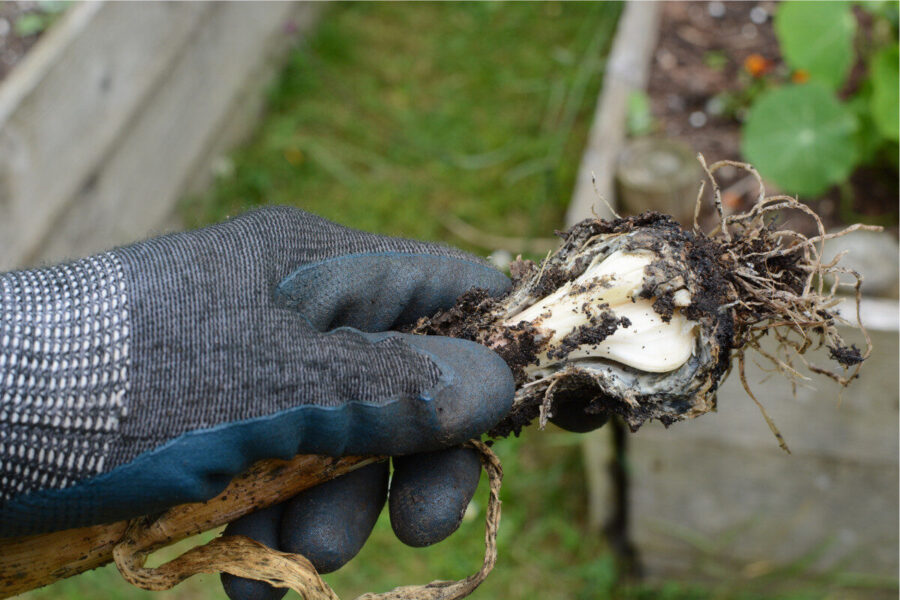
Weed regularly too, as those pesky intruders will steal light, air, food and moisture thus weakening other plants.
Good drainage helps, as does regular watering during dry spells, and you should avoid over-fertilising especially with nitrogen-rich feeds that promote lots of floppy leafy growth.
Plant material affected by fungal diseases including rose black spot should be removed and binned, never added to the compost heap. I also disinfect my secateurs afterwards and regularly wash my gardening gloves to try and help keep problems under control.
If plants are severely affected it is a good idea to remove them completely (again, into the bin) and grow the same species elsewhere for a few years afterwards.
Two diseases to combat
Good husbandry and hygiene is important
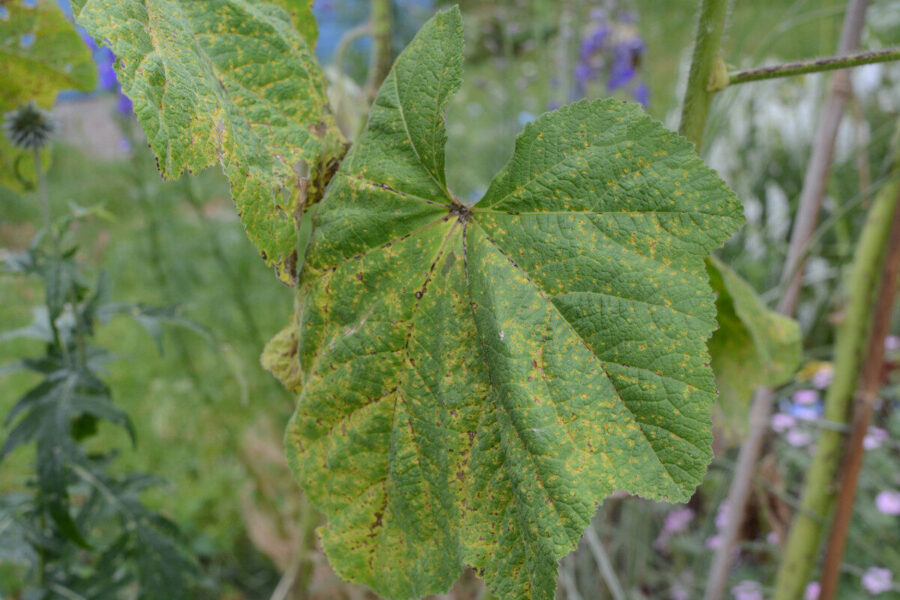
1. If your hollyhocks are consistently bedevilled by rust, we recommend treating them as biennials and disposing of them after they have flowered, instead of growing them as perennials. Make sure you dispose of all affected leaves to avoid spores resting in the soil.
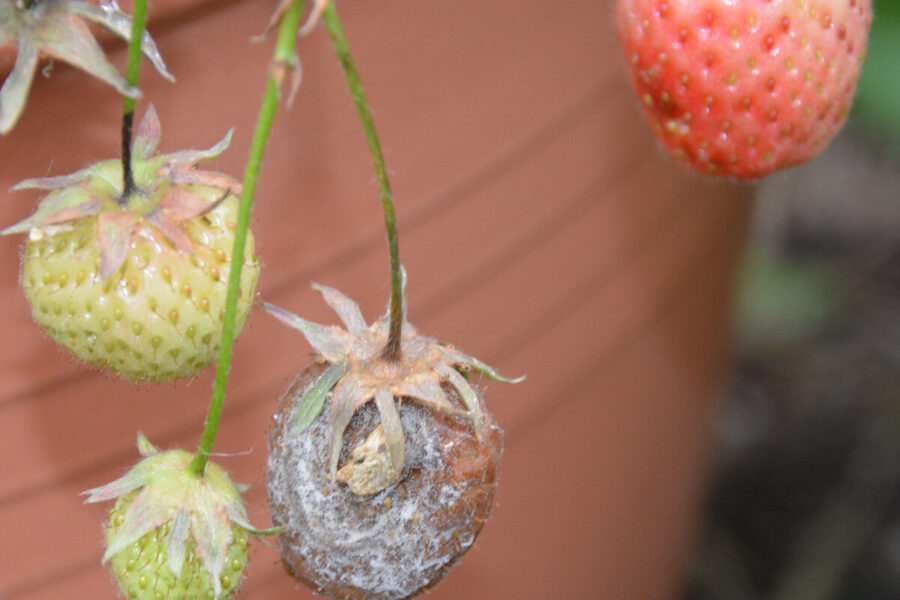
2. Botrytis or grey mould is common on a lot of soft fruits and plants grown under glass in high humidity. It can spread quickly so dispose of affected plants fast but do so carefully so you don’t distribute the spores to healthy plants. Improve ventilation undercover.
4 to cut back now for later flowers
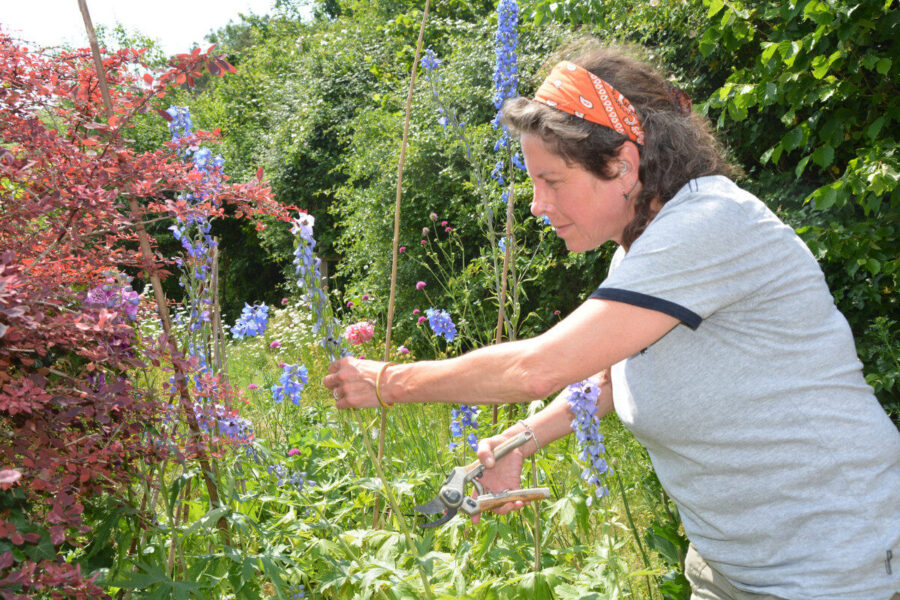
1. After blooming, cut down flower spikes to the ground, leaving side shoots untouched. Feed and water and you may get a second flush in late summer.
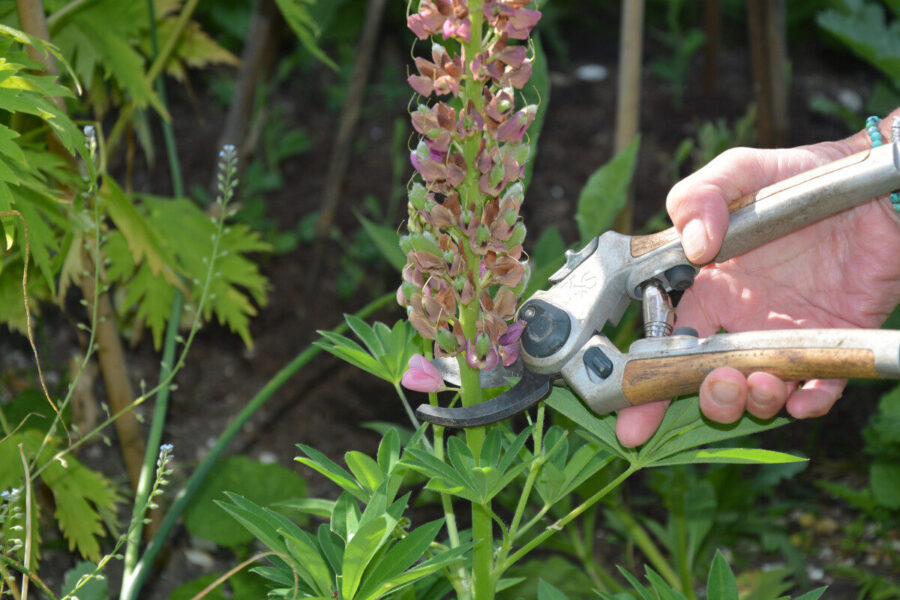
2. Remove lupin flowers as they fade and before their seeds ripen and you may get another flower. Always wear gloves as plants are toxic.
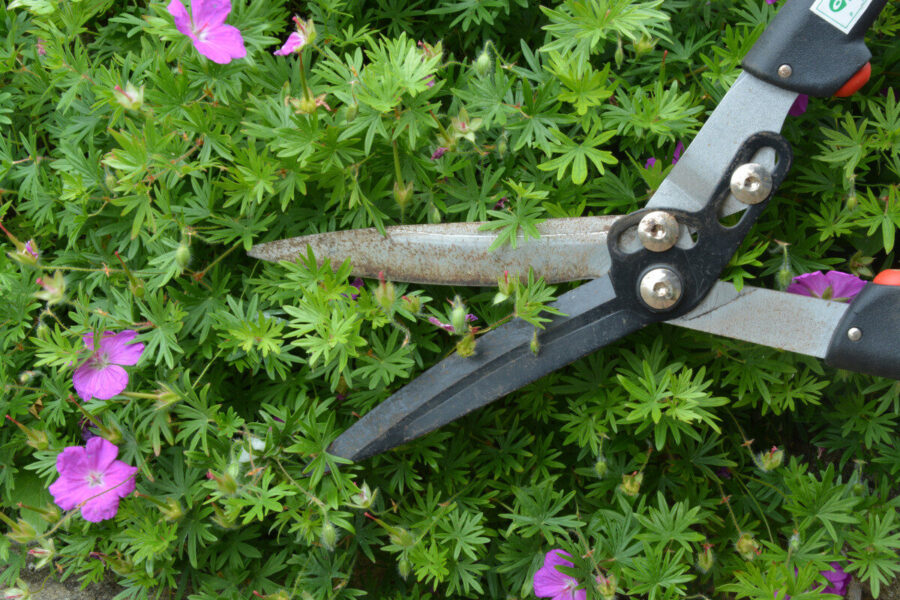
3. Hardy geraniums can become straggly as the summer progresses so run your shears over them to promote neat growth and more flowers.
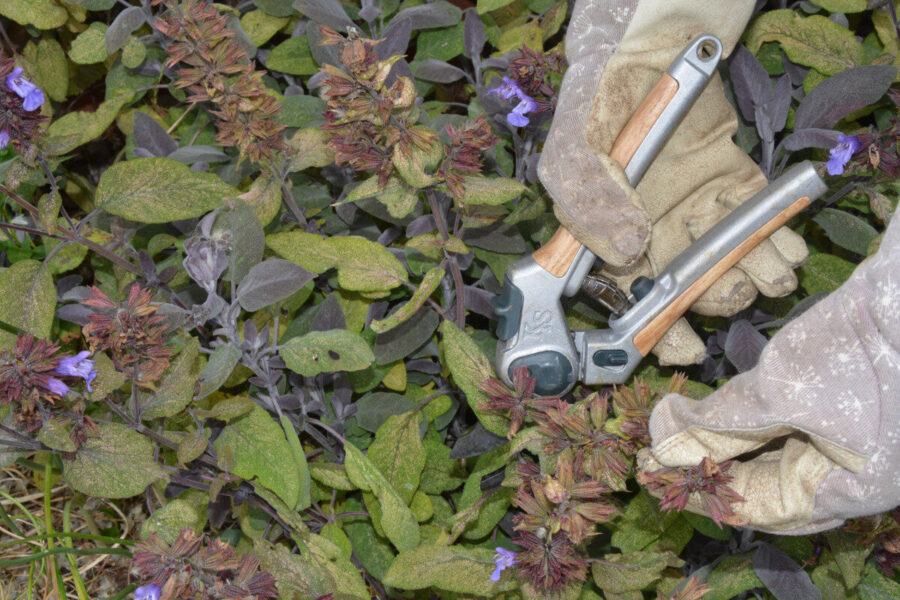
4. Trim flowered sage bushes once they have flowered to keep them looking neat and remove spindly cluttered stems.
Find more tips, advice and articles like this at the Amateur Gardening website. Subscribe to Amateur Gardening magazine now

